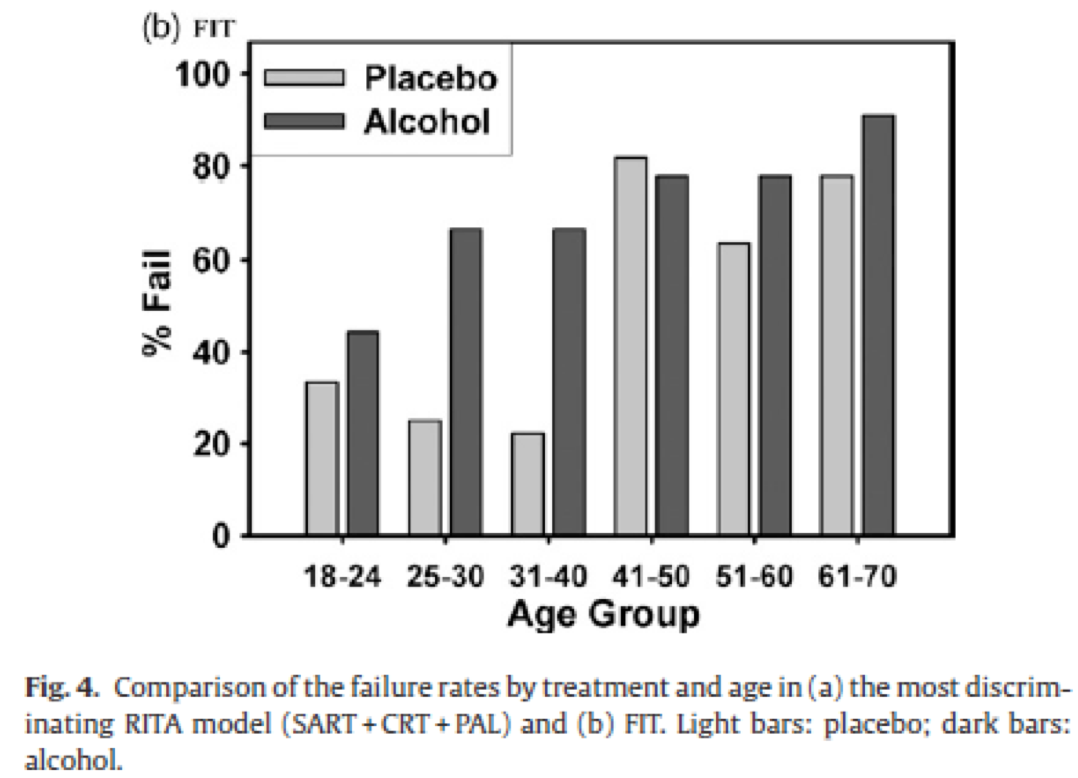The change to the SFSTs
Very recently the International Association of Chiefs of Police (IACP) and the National Highway Traffic Safety Administration (NHTSA) published their new Standardized Field Sobriety Test (SFST) opus. Here is the link to the new 2013 Guide: http://www.tdcaa.com/sites/default/files/page/2013%20SFST%20Participant%20Manual.pdf
In the new 2013 version of the SFST Guide (note the change in the language from manual to Guide), in a complete lack of intellectual and scientific honesty, the IACP eliminated perhaps the lone scientific axiom and truism that was in the old manuals. The following language no longer appears in the 2013 guide:
IT IS NECESSARY TO EMPHASIZE THIS VALIDATION APPLIES ONLY WHEN:
– THE TESTS ARE ADMINISTERED IN THE PRESCRIBED, STANDARDIZED MANNER.
– THE STANDARDIZATION CLUES ARE USED TO ASSESS THE SUSPECT’S PERFORMANCE
– THE STANDARDIZATION CRITERIA ARE EMPLOYED TO INTERPRET THAT PERFORMANCE.
IF ANY ONE OF THE STANDARDIZED FIELD SOBRIETY TEST ELEMENTS IS CHANGED, THE VALIDITY IS COMPROMISED.
The scientific world and the defense bar has lamented this change. Nowhere in the book is there any meaningful acknowledgement of the limitations of these roadside tests. But does that really matter? Even the simplest use of common sense reveals the fundamental fatal forensic flaws in the use of the SFSTs. The elimination of this language as well as a lack of teaching that there are limits to these tests will give officers and administrators of this testing false confidence in this tool. They will likely increase their rate of false arrest as they are no longer majorly warned or instructed on the power of standardization.

The logic of the SFSTs are flawed as they rely on assumptions that are never proven:
1. Everyone is physically capable of doing the SFSTs
2. Everyone is emotionally capable of doing it
3. Everyone can do it in that roadside environment
4. Any deviation has to be due to ethanol and ethanol alone
And these four points are truly assumptions. To presume is to make an informed guess based on reasonable evidence, while to assume is to make a guess based on little or no evidence. Thus, in the typical case, the 4 points are merely assumptions.
The original research by the Southern California Research Institute (the organization that won the grant for researching and developing the SFSTs for NHTSA) states that those who are over the age of 65 may have difficulties performing the tests. Now the 2013 SFST Guide has warnings on both the Walk and Turn Test and the One Leg Stand Test that those over 65 years old may produce false positives (someone failing not due to ethanol consumption), but the authors try to minimize it by saying “less than 1 1/2 percent of test subjects were over 65.”
But is this warning true? There is a magic age of 65?
The research clearly shows that the number of people who are like Johanna Quaas, (the 86 year old competitive spinning, jumping and twirling gymnast on the parallel bars, no less that is in the video above) is an extreme rarity. In modern America, we as a society, are overwhelming fat and totally uncoordinated. We are a nation of high-strung, over-stressed, and over-worked physical wrecks. This is also true for most Western European countries. It is our modern trade-off. Ease of living with reduced physical exertion is our society’s modernist path. The more “well off” the country is, the less active and dextrous the inhabitants.
We need not only intuit this is true based upon our experiences, but the peer reviewed research also bears this out. I call your attention to the 2009 Dixon PR, Clark T, Tiplady B. study published in the peer reviewed journal Accident Analysis Prevention entitled “Evaluation of a roadside impairment test device using alcohol” (2009 May; Accid Anal Prev. 41(3):412-8. doi: 10.1016/j.aap.2009.01.001. Epub 2009 Jan 23.). In this study, this summary chart clearly shows a massively unacceptable rate of false positives (placebo) on the SFSTs beginning at age 41.

So, it ultimately comes down to this Terry MacCarthy style of cross-examination on the administrator:
Now I’d like to talk with you about xxxx and the Standardized Field Sobriety Tests that night, you understand (nods head).
1. You used your version of the SFST’s that night
2. To judge her impairment
3. To form your opinion
4. That she was incapable of safe driving.
5. But you don’t know much about xxx
6. Never seen her walk before
7. Never heard her talk before
8. Never saw her stand up before
9. Never saw her stand still before
10. Don’t know how educated she is
11. Don’t know if she has some sort of attention deficit disorder.
12. Don’t know if she has short term memory recall issues.
13. You don’t know how she performs under pressure
14. When she is nervous
15. Or even when she’s at his best with no nerves and no pressure
16. Don’t know if she’s a klutz.
17. Don’t know if what you saw is just the way that God made her.
18. She’s a total stranger to you.
19. Bottom line you don’t know if she can pass your version of these tests on her most gymnastic day.
20. You assumed the worst in her.
21. You assumed that she failed because she was drunk
22. But you don’t know that.
23. It could be that she’s a klutz.
24. Has a disorder
25. Was nervous.
26. Was scared.
27. You just don’t know.


